 OVERVIEW
OVERVIEW
Iowa’s Child Care Assistance program has an income eligibility threshold that creates a huge disincentive for parents to advance toward jobs that pay a financially self-sufficient wage. This is called the “child care cliff effect,” because when parents’ wages meet this threshold, their public benefits sharply drop off before their family has become self-sufficient. Parents deciding whether to accept a job that pays just a little more per hour, or take on more hours per week, often find themselves facing a family budget dilemma: if they earn just slightly more, the pay increase does not come close to offsetting the loss in benefits. In some cases, the effect is so dramatic that the family goes from having some discretionary income to being unable to cover basic necessities.
OBJECTIVES
The current income eligibility threshold (145% of the federal poverty level; view chart on page 11) for Iowa’s Child Care Assistance program creates a steep drop-off of public benefits for families struggling to afford quality child care. This restriction makes it difficult for the state to encourage the workforce to develop the skills and experience necessary to meet employers’ demands for middle-skill jobs, because families can be worse off if they receive a raise that puts them over this threshold. Increasing the threshold or creating a tiered-exit for the program will have a fiscal impact. We need to quantify the “opportunity cost” to Iowa’s workforce to address the cliff effect.
FIRST-PHASE GOALS |
RESULTS |
|
1. Build key relationships to raise awareness of and alliances to address the child care cliff effect. |
|
|
2. Measure changes in income levels and number of enrollees. Set goals. |
|
|
3. Develop list of agencies that ask applicants level of education. |
|
|
4. Set a goal for increasing the number of community service organizations that include educational level on their intake process. SNAP, WIC, Section 8, Impact, Polk County, GA, FEC, Health DMACC, DMARC, Evelyn K Davis Center, Promise Jobs DHS, Child Care Assistance, Iowa Workforce Development Primary Health Care – Centralized Intake, St. Vincent de Paul, Salvation Army, Central Iowa Works, 2-1-1
|
|
|
5. Distribute Bridges to Success flyer. |
|
|
6. Set goal to increase the number of enrollees in educational training services (ELL, adult basic education, HSED). |
|
|
7. Complete inventory of organizations offering employer-sponsored child care benefits. |
|
|
8. Complete inventory of business policies and practices regarding child care for employees. |
|
|
9. Identify best practices and return on |
|
|
10. Explore future ideas to support high-quality child care, including flexible work schedules and tax credits for high-quality child care related benefits. |
|
|
THE FAMILY'S SHAREFor a family with one infant and one preschooler just over the Child CareAssistance limit (146% of poverty), child care expenses equate to: |
||
|
of household budget for in-home daycare. |
of household budget for care at a center. |
of household budget for care at an accredited center. |
|
Source: Iowa Department of Human Services; Child Care Resource and Referral |
||
SECOND-PHASE GOALS |
RESULTS |
|
1. Decrease the number of families in central Iowa affected by the child care cliff effect from 16,180 to 8,090. 1a. Collect and analyze data to update progress toward goal and work plan as needed. 1b. Continue working with the Iowa Department of Human Services (DHS) to enhance data collection on families impacted by the child care cliff effect. |
|
|
2. Increase enrollees in job-skill training for middle-skill jobs. |
|
|
3.Increase the number of organizations participating in a food-rescue initiative where donated food from restaurants, caterers, and other food-service providers is distributed to people in need through local social-service organizations. |
|
|
4. Continue to increase overall awareness of the child care cliff effect. |
|
|
5. Encourage and support legislation expanding the income eligibility threshold for the Child Care Assistance program and providing an increased reimbursement rate for providers. |
|













%20-%20No%20Tagline.png?width=180&name=211%20Logo%20-%20color%20(white%20bubble)%20-%20No%20Tagline.png)

